Copyright © 2025 Motivate Media Group. All rights reserved.
Apparatus designs a series of modular rugs for cc-tapis
The hand-tufted Sequence series investigates the relationship between form and material
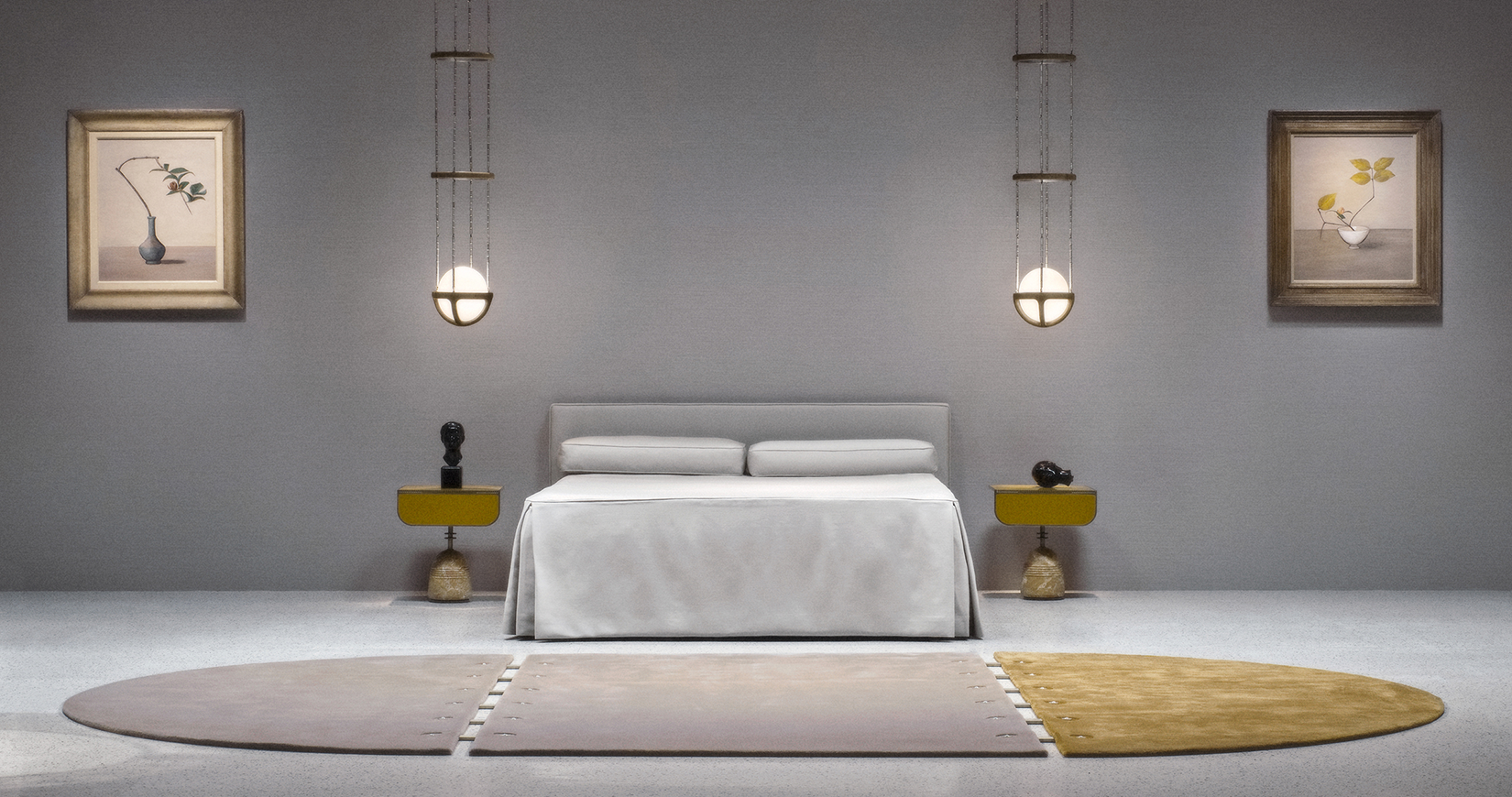
Cc-tapis is not known to shy away from a challenge – quite the contrary. The Italian textile brand – founded by Fabrizio Cantoni and his wife, Nelly Chamszadeh – has carved a niche for itself by producing statement rugs that have comfortably settled in the medium of fine art. All its pieces are crafted by hand in its Nepalese atelier in Kathmandu, and many have been conceptualised by a vibrant roster of international design talents who do not traditionally work in the medium, including the likes of Faye Toogood and Patricia Urquiola, as well as Lebanese jewellery designer Nadine Kanso. cc-tapis’ products blend abstract forms, bold colour combinations and expert craftsmanship, making it one of the most sought-after brands for sourcing luxury rugs.

Its latest collaboration is with none other than New York’s Apparatus, a studio helmed by Gabriel Hendifar, who creates emotive furnishings and lighting fixtures that are sewn with narrative, and sometimes inspired by Hendifar’s Iranian heritage. Apparatus’ designs are predicated on the modernist principle of ‘gesamtkunstwerk’, where each piece contributes to a singular work of art or vision. Much like cc-tapis’ own dedication to craftsmanship, Apparatus creates each piece with the same rigorous devotion, setting the human hand at the soul of each object.

Its collection for cc-tapis is a natural continuation of its search for beauty and irregularity, comprising a series of modular rugs called Sequence, which investigates the relationship between form and material, featuring simple sinuous and linear planes that can be customised into endless configurations. Hand-tufted in Thailand using pure Vietnamese silk and worsted New Zealand wool, the rugs’ shapes are fused at a distance using Apparatus’ brass hardware, highlighting the power of the ‘in-between’. The collection recalls the silhouettes of French fashion icon Pierre Cardin, while highlighting the circular sense of passage evoked by a porte-cochère.
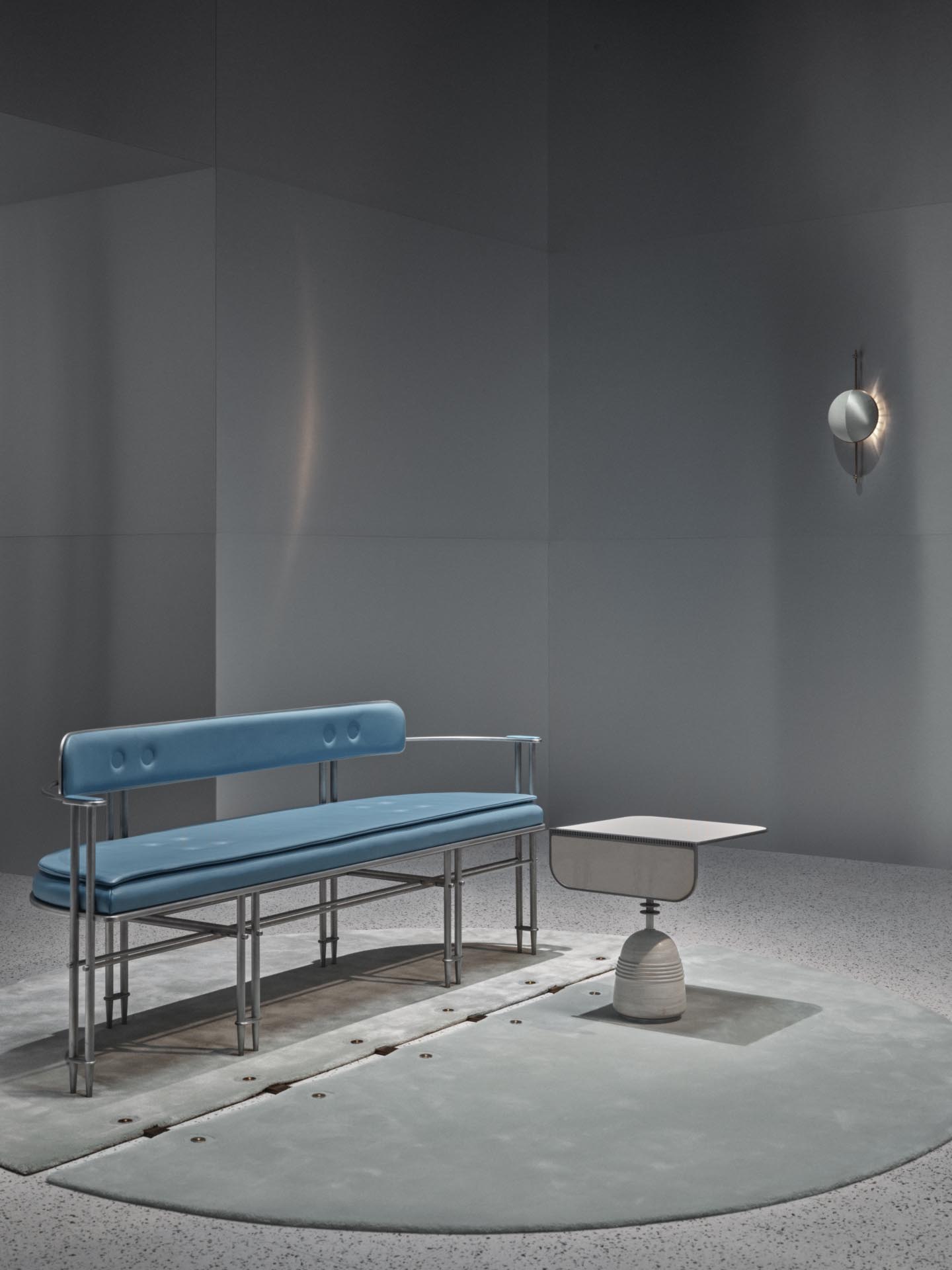
identity interviews Apparatus’ founder, Gabriel Hendifar to learn more about the collection:
What was the inspiration behind the collection?
GH: I originally designed this rug concept when we opened our gallery in Los Angeles, circa 2018. In our projects, I’ve always been interested in introducing unusual interventions or materials onto the floor plane as a way to create punctuation.
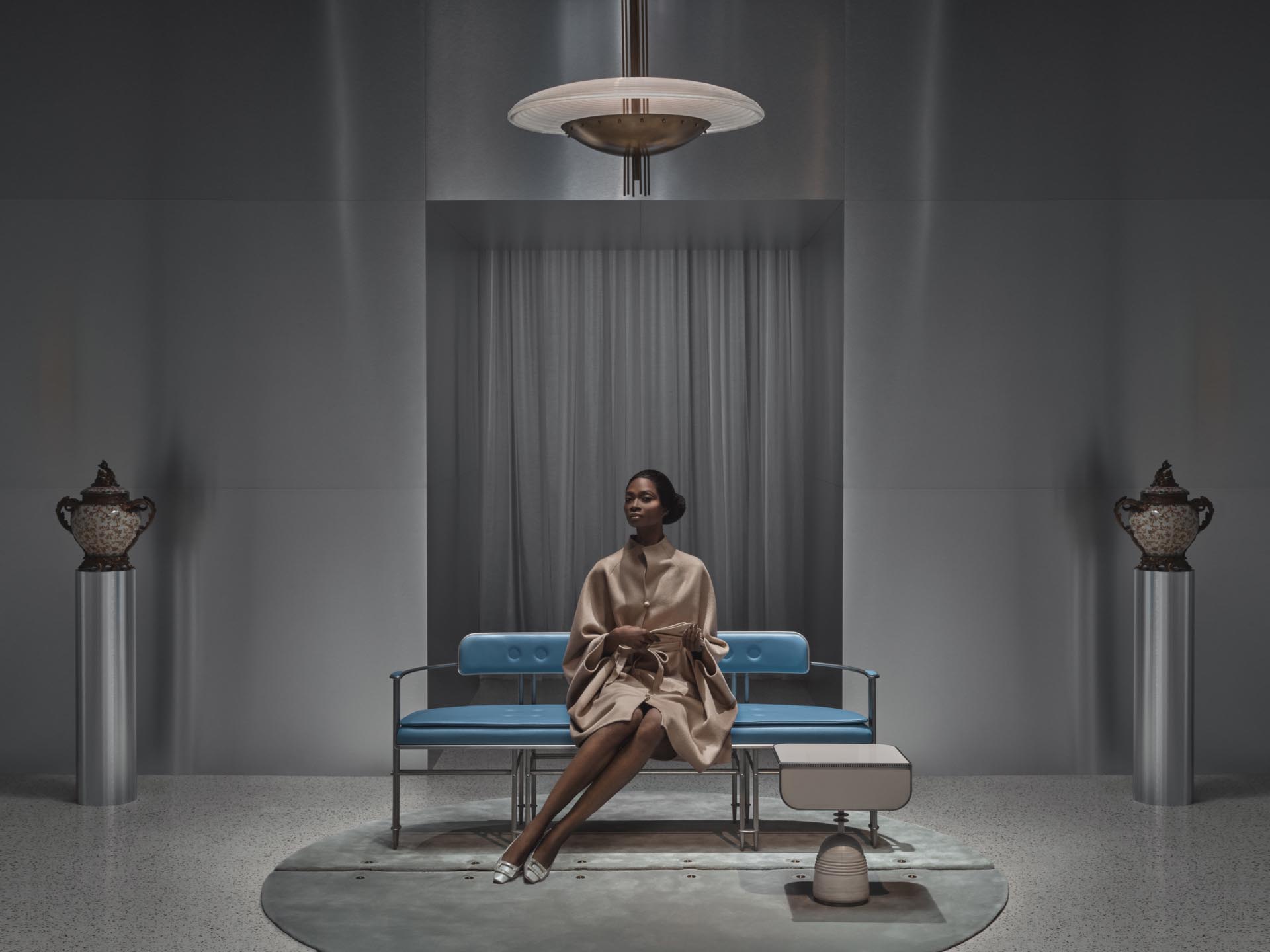
How do you see the collection relating to Apparatus’ wider design portfolio?
GH:The pieces are about celebrating the connections and spaces in between elements, which is an exploration that is central to the work of the studio as a whole. For me, the magic in an object happens when considering how materials interact, exactly how they connect, and what that connection says about the energy of a piece.
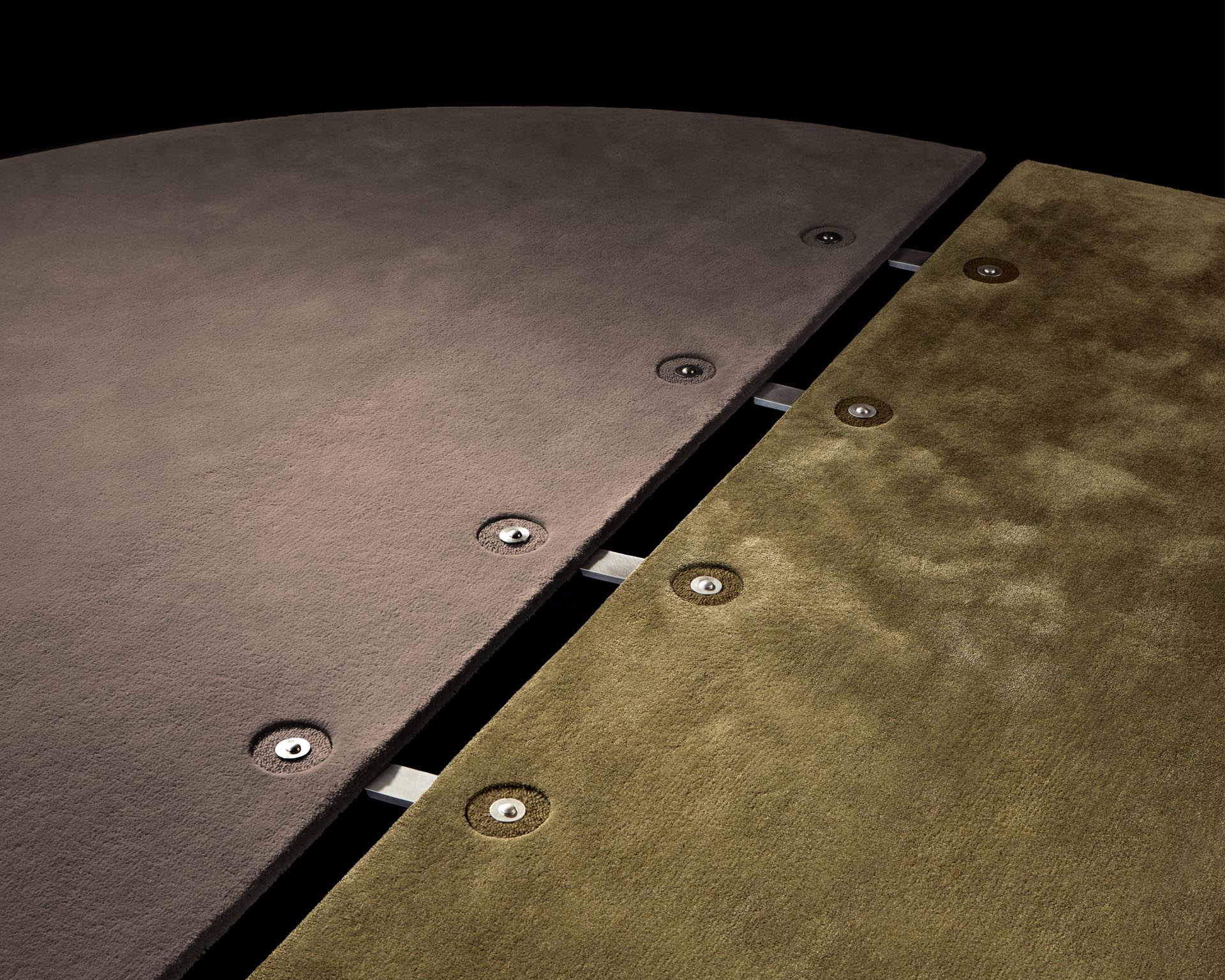
What is significant about the silhouettes for you? The collection disrupts our usual perception of what a rug entails. Was this part of the approach?
GH: Very much so. I think the beauty of this system is the ability to adapt the silhouettes to complement a floor plan. In this way, the floor covering is responsive to the experience one wants to create with the placement of furniture, as opposed to the other way around.
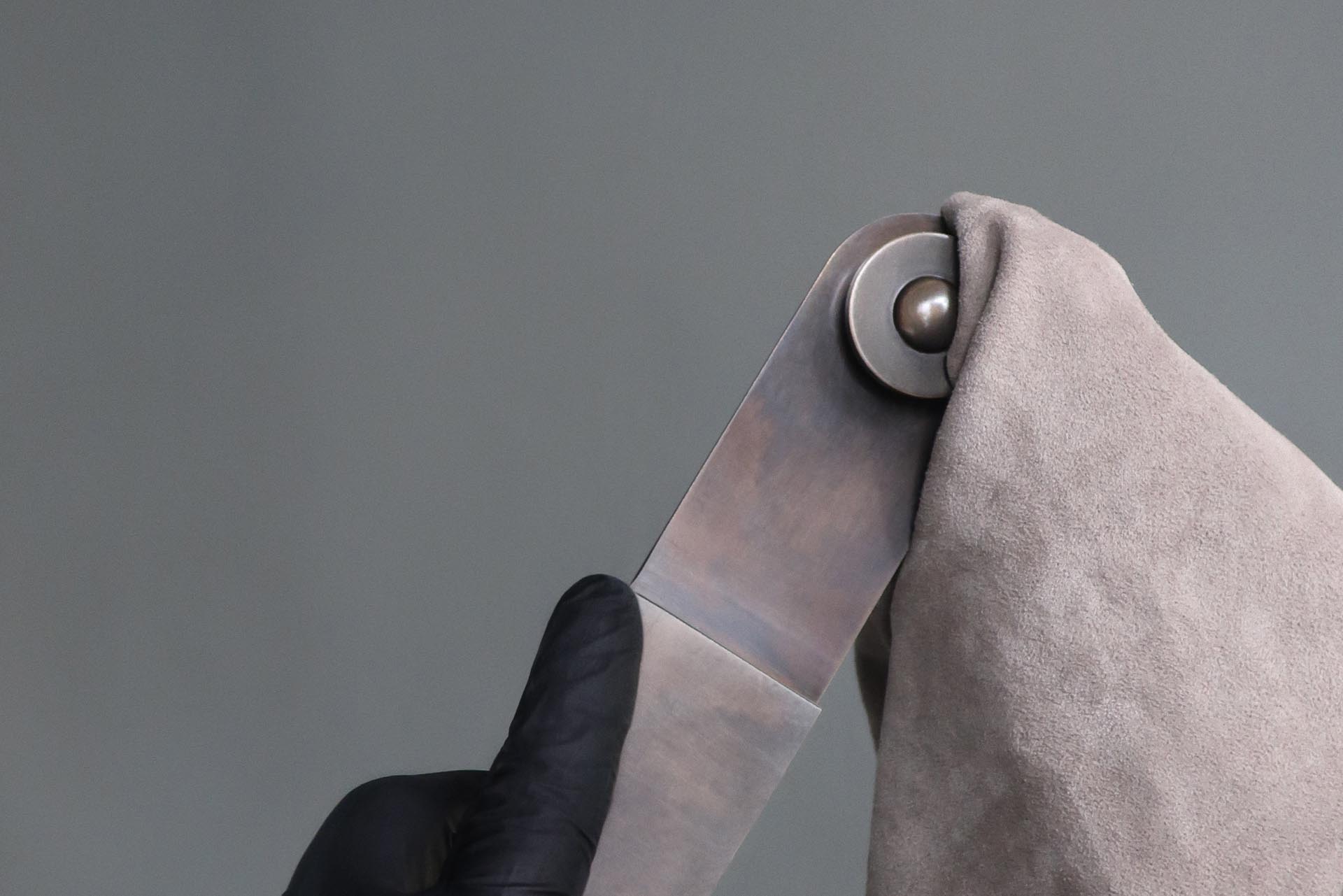
Can you discuss the wider direction for the overall campaign? What is the idea behind it?
GH: The campaign for ACT FOUR is inspired by the aim of the collection as a whole, which is to reclaim an optimistic and playful vision of the future as articulated in cultural and artistic touchstones of the 1960’s.
The Latest
Turkish furniture house BYKEPI opens its first flagship in Dubai
Located in the Art of Living, the new BYKEPI store adds to the brand's international expansion.
Yla launches Audace – where metal transforms into sculptural elegance
The UAE-based luxury furniture atelier reimagines the role of metal in interior design through its inaugural collection.
Step inside Al Huzaifa Design Studio’s latest project
The studio has announced the completion of a bespoke holiday villa project in Fujairah.
Soulful Sanctuary
We take you inside a British design duo’s Tulum vacation home
A Sculptural Ode to the Sea
Designed by Killa Design, this bold architectural statement captures the spirit of superyachts and sustainability, and the evolution of Dubai’s coastline
Elevate Your Reading Space
Assouline’s new objects and home fragrances collection are an ideal complement to your reading rituals
All Aboard
What it will be like aboard the world’s largest residential yacht, the ULYSSIA?
Inside The Charleston
A tribute to Galle Fort’s complex heritage, The Charleston blends Art Deco elegance with Sri Lankan artistry and Bawa-infused modernism
Design Take: Buddha Bar
We unveil the story behind the iconic design of the much-loved Buddha Bar in Grosvenor House.
A Layered Narrative
An Edwardian home in London becomes a serene gallery of culture, craft and contemporary design
A Brand Symphony
Kader Mithani, CEO of Casamia, and Gian Luca Gessi, CEO of Gessi, reflect on the partnership between the two brands
The Art of Wellness
Kintsugi in Abu Dhabi, situated in a seven-storey villa, offers the ultimate zen retreat
















